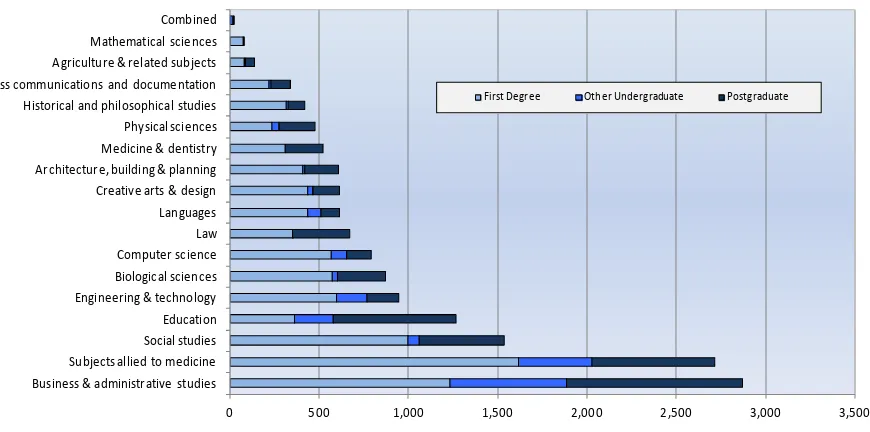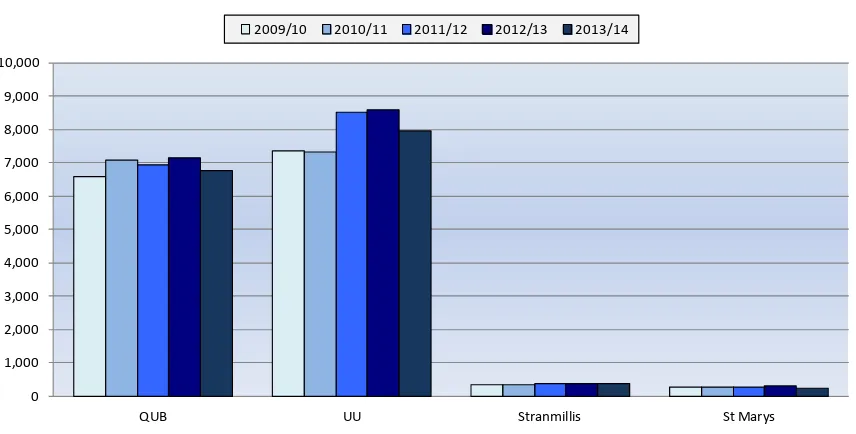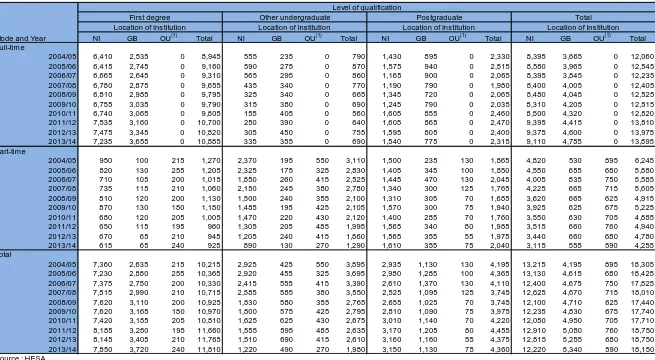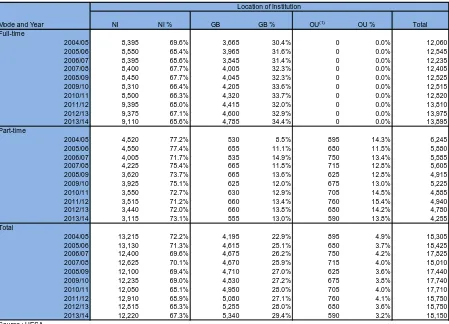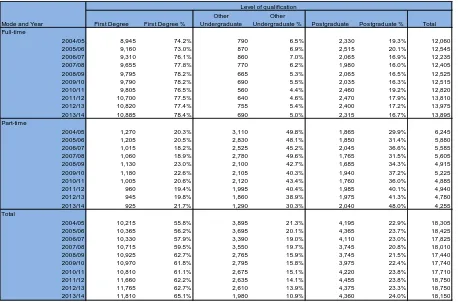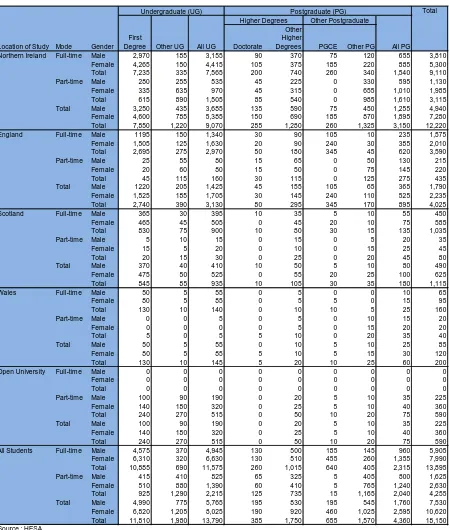Qualifications gained at UK higher education institutions : Northern Ireland analysis 2013/14
Full text
Figure
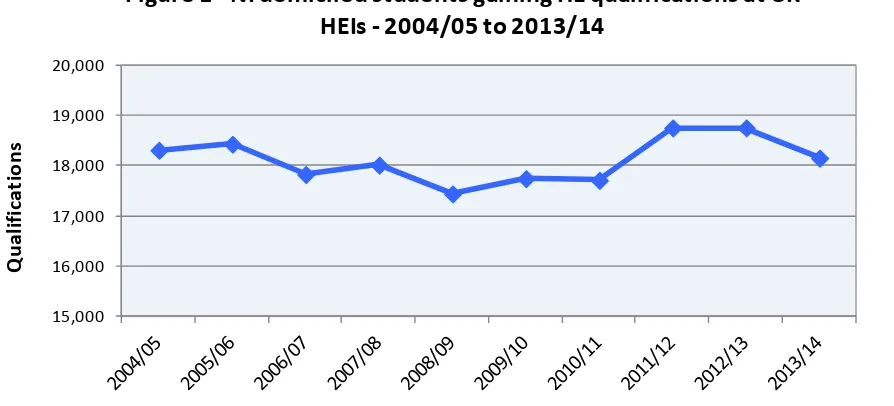
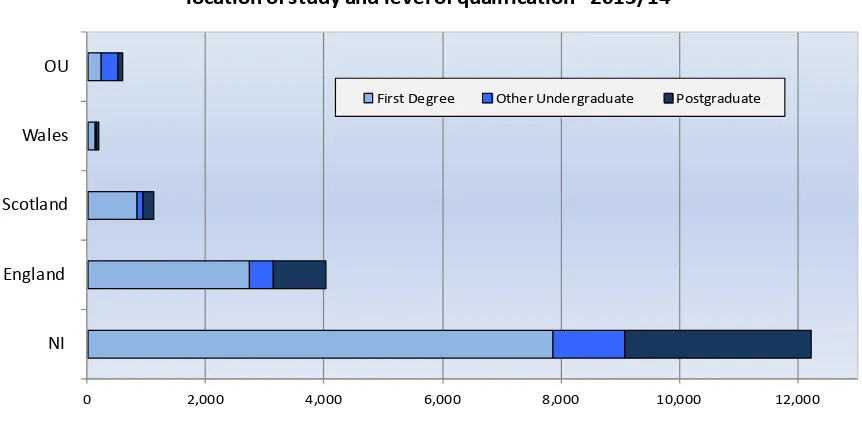
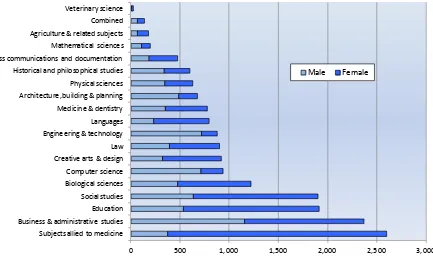
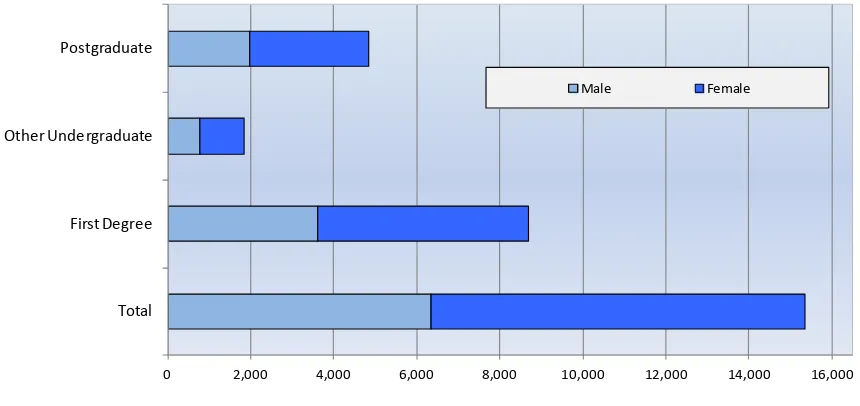
Related documents
This paper aims to explain the institutional impact that the European Union’s Regional Policy (EURP) had on Greece, by adopting a conceptual framework based on the theories of
The proposed automatic ration shop for public distribution system is based on Radio Frequency Identification (RFID) technology that replaces conventional ration
Some of the main features of this system were the development of appointment of TELECS‟s representative (with a technical background) who was to a large extent resident on
The overall total qualification grade changes, resulting from all three services in summer 2013, was 54,400 (0.6 per cent of all certifications), an 18 per cent increase compared
Among members of the Uighur diaspora, the Chinese annexation of East Turkistan (Xinjiang) into China in 1949 is viewed as an ongoing occupation, and they continue to claim
We have not been able to find evidence of any other UK study systematically recording staff– parent communication at drop-offs and pick-ups in early years settings and this study
Schematic representation of (A) complete FIV genome, (B) MB15, the control transfer vector, (C) two core elements required for efficient RNA packaging (shown as hatched
2 , our approach decreases misclassification error and dramatically decreases the adversary’s success rate. In particular, adversarial training on real ad- versarial examples
